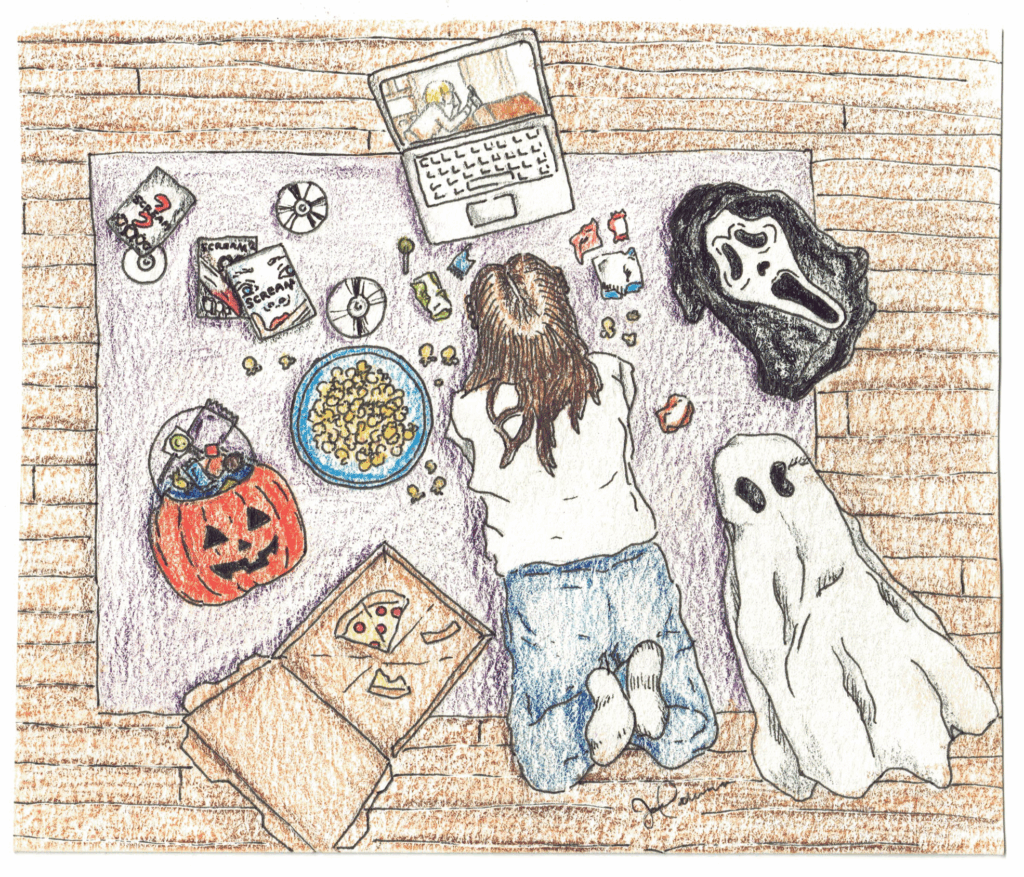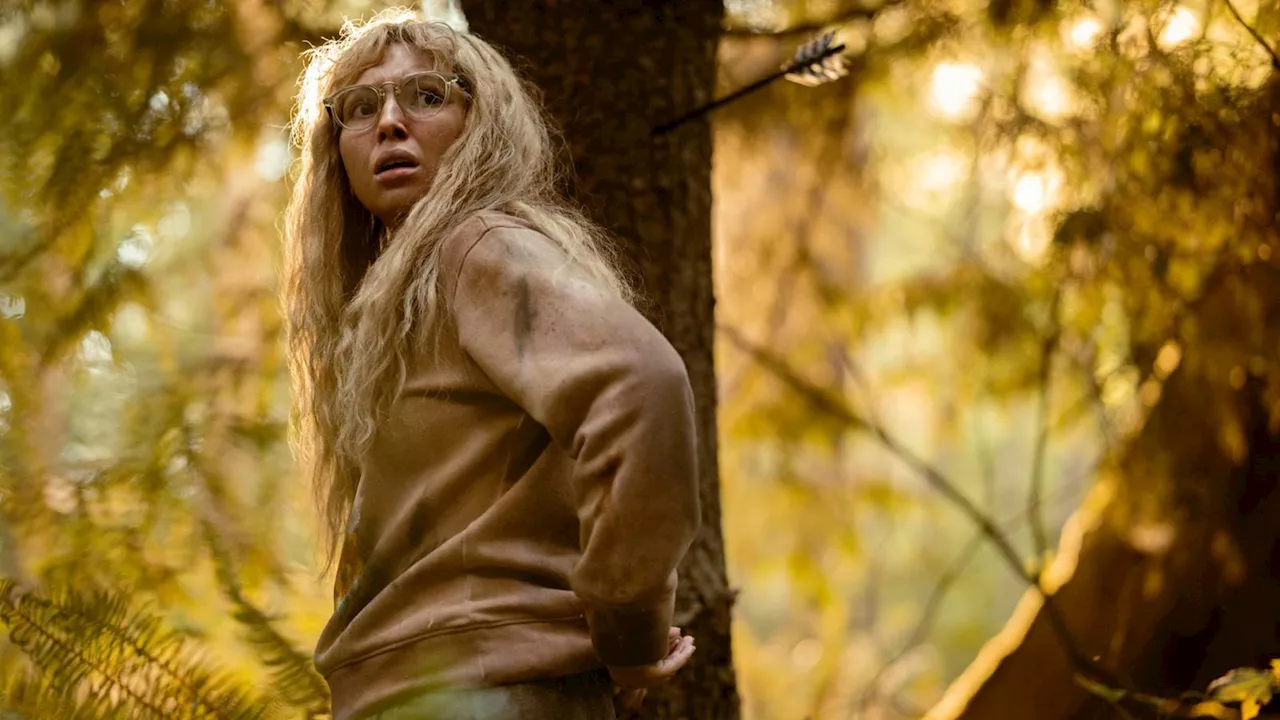The 1992 film “Death Becomes Her,” featuring acclaimed actresses Meryl Streep and Goldie Hawn, has resurfaced in popular culture as a compelling commentary on aging and societal expectations. This horror-comedy, which has gained renewed interest thanks to a recent Broadway adaptation, challenges audiences to confront their fears about youth and beauty.
The film presents a unique narrative twist, diverging from traditional horror tropes. It follows an affluent man who leaves his older wife for a younger woman, only for the ex-wife, portrayed by Hawn, to return with a stunning transformation. The story unfolds as a rivalry between the two women escalates, leading to a darkly comedic exploration of their attempts to regain youth through supernatural means.
In “Death Becomes Her,” the horror does not stem from conventional monsters but rather from the relentless passage of time. The characters’ refusal to age leads to grotesque consequences as they become increasingly disfigured in their quest for beauty. This portrayal reflects a broader societal fixation on youth, evident in contemporary beauty standards that prioritize maintaining a youthful appearance through cosmetic procedures and skincare regimes.
Meryl Streep, a graduate of Yale University‘s School of Drama, delivers a standout performance that resonates with viewers. The film, while steeped in horror, critiques the societal pressures surrounding aging that remain pertinent more than three decades after its release. Despite initial skepticism from some audiences, including a friend of the author who questioned the film’s dramatic elements, the outrageousness serves to highlight the absurdities of contemporary beauty culture.
The film’s success at the box office upon its release is a testament to its enduring impact. It has not only maintained popularity over the years but has also inspired new interpretations, such as the recent Broadway musical adaptation. The combination of humor and horror in “Death Becomes Her” invites audiences to reflect on their own fears and societal norms related to aging.
As viewers engage with the film today, they are prompted to consider the relevance of its themes in light of modern beauty standards. The narrative of rivalry and the desperate pursuit of youth resonates with audiences grappling with similar issues in their daily lives. While some may dismiss the film’s exaggerated depictions as mere entertainment, its underlying messages about the fear of aging and the societal obsession with youthfulness continue to provoke thought.
In summary, “Death Becomes Her” remains a significant cultural artifact that encourages reflection on the nature of aging and societal expectations. Its compelling performances, particularly by Meryl Streep and Goldie Hawn, combined with its darkly humorous take on horror, make it a film worth revisiting. As the conversation around aging evolves, this film challenges viewers to confront their own fears and societal pressures.







